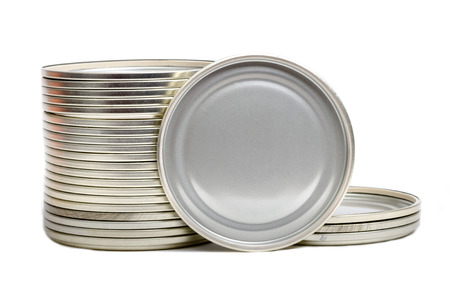We all know canned foods have been around as long as we have, but do any of us really know how long or where it started? Here is a quick history lesson on canned foods and how they came to be a great way of keeping food fresh.
Around 1800, the French Directory was looking for a way to create a stable food supply for their army and offered a prize for any person who could come up with the best solution. Nicolas Appert, a young chef from the region of Champagne, answered their call, says History.com. His study led him to create a new way of storing and preserving food: champagne bottles, sealed with a mixture of cheese and lime. Although a little out of the ordinary, the food was found to still be fresh upon opening.
 His methods for preserving changed in the years to come, and in 1804 he experimented with using tin cans to store meat. These cans were soldered closed and then checked over a period of months for any signs of swelling. The cans that didn’t show any deformities were deemed safe for sale and long-term storage.
His methods for preserving changed in the years to come, and in 1804 he experimented with using tin cans to store meat. These cans were soldered closed and then checked over a period of months for any signs of swelling. The cans that didn’t show any deformities were deemed safe for sale and long-term storage.
This method of canning quickly spread across the world and helped feed the soldiers of the Crimean War, the U.S. Civil War and the Franco-Prussian War. It was also very helpful to explorers and colonialists, allowing them to bring a taste of home to unfamiliar lands as well.
At Werling & Sons can appreciate a long history, as we have one ourselves. Established in 1886, our family-operated business has offered high-quality canned meats for a people to enjoy for 130 years, and we continue to keep growing our own history.
Our selection of gourmet canned meats includes canned beef, chicken, turkey and pork, so whether you’re holding a party are looking for a quick appetizer or are heading out on a lengthy hunt and need something easy and portable, our meat is just what you need. For more information, shop our online store now or call us today at 888-375-1998.
